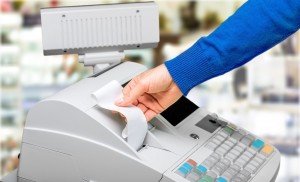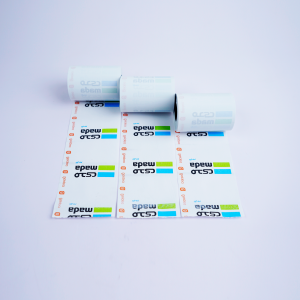There are growing concerns about the use of BPA (bisphenol A) in a variety of products, including receipt paper. BPA is a chemical commonly found in plastics and resins that has been linked to potential health risks, especially in high doses. In recent years, many consumers have become increasingly aware of the potential hazards of BPA and have been looking for BPA-free products. A common question that comes up is “Is receipt paper BPA-free?”
There is some debate and confusion surrounding this issue. While some manufacturers have switched to BPA-free receipt paper, not all businesses have followed suit. This has left many consumers wondering whether the receipt paper they handle every day contains BPA.
To address this issue, it is important to understand the potential risks associated with BPA exposure. BPA is known to have hormone-disrupting properties, and research shows that exposure to BPA may be linked to a variety of health problems, including reproductive problems, obesity, and certain types of cancer. As a result, many people are seeking to minimize their exposure to BPA in all aspects of their lives, including through products they come in contact with regularly, such as receipt paper.
Given these potential health risks, it’s natural for consumers to want to know whether the receipt paper they receive in stores, restaurants and other businesses contains BPA. Unfortunately, it’s not always easy to determine whether a specific receipt paper contains BPA because many manufacturers do not clearly label their products as BPA-free.
However, there are steps that concerned consumers can take to minimize exposure to BPA in receipt paper. One option is to ask the business directly if it uses BPA-free receipt paper. Some businesses may have switched to BPA-free paper to give customers peace of mind. Additionally, some receipts may be labeled BPA-free, reassuring consumers that they are not being exposed to this potentially harmful chemical.
Another option for consumers is to handle receipts as little as possible and wash their hands after handling, as this helps reduce the potential risk of exposure to any BPA that may be present on the paper. Additionally, considering electronic receipts as an alternative to printed receipts can also help minimize contact with BPA-containing paper.
In summary, the question of whether receipt paper contains BPA is a concern for many consumers who want to reduce their exposure to potentially harmful chemicals. While it’s not always easy to determine whether a particular receipt paper contains BPA, there are steps consumers can take to minimize exposure, such as asking businesses to use BPA-free paper and handling receipts with care. As awareness of the potential risks of BPA continues to grow, more businesses may switch to BPA-free receipt paper, giving consumers greater peace of mind.
Post time: Jan-09-2024



